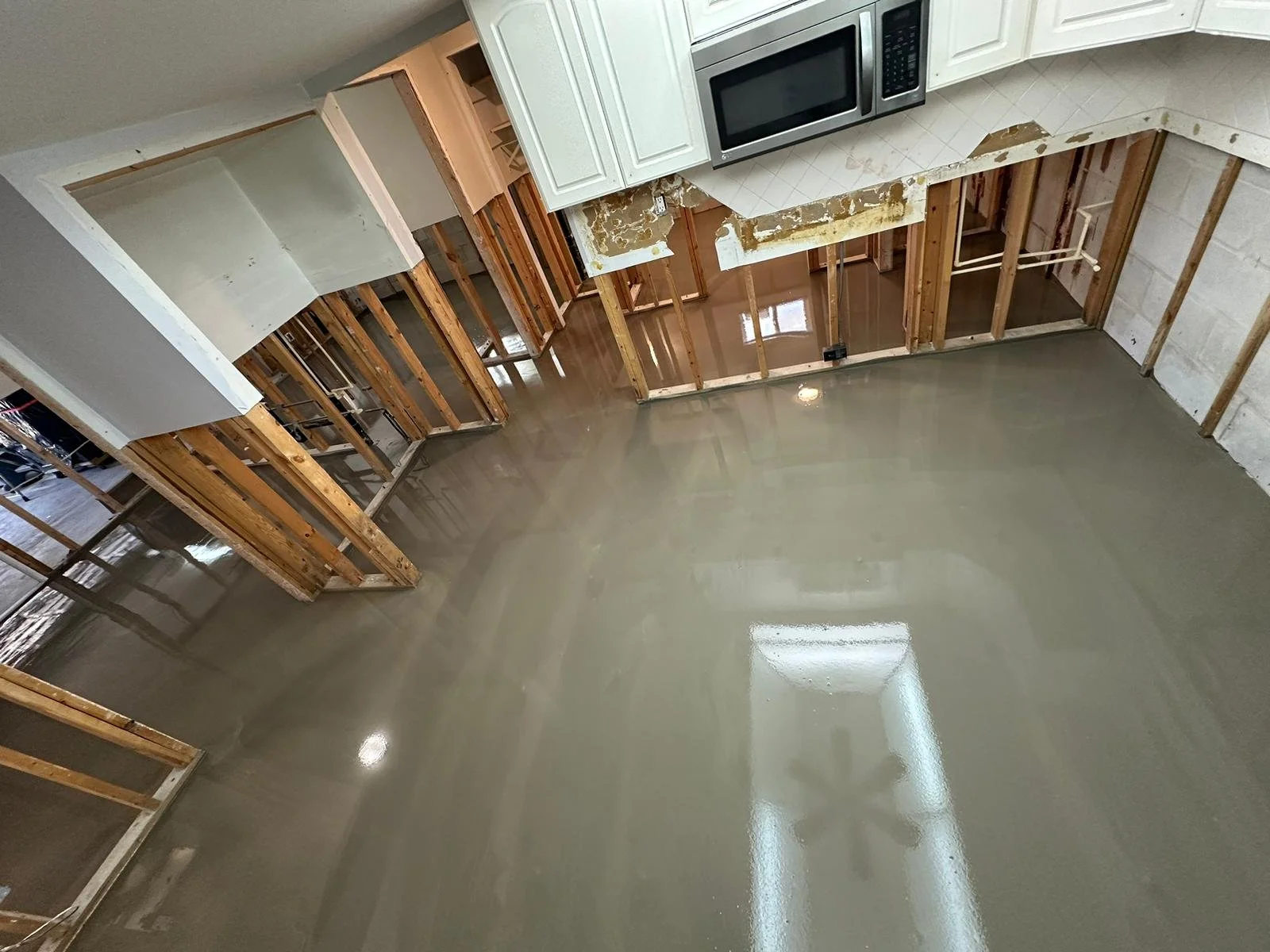The Importance of Subfloor Preparation
When it comes to flooring installations, the success and longevity of the project often hinge on a crucial, yet often overlooked, aspect: subfloor preparation. In this guide, we'll delve into the significance of proper subfloor preparation and why it's a cornerstone of a successful flooring installation.
Ensuring A Level Surface
One of the primary objectives of subfloor preparation is achieving a level surface. Irregularities in the subfloor can cause visible imperfections in the installed flooring, affecting both the aesthetics and functionality of the space. Professional flooring contractors like Aston Stuart, assess and address any unevenness, creating a smooth canvas for the new flooring to shine. A level surface can be achieved by using a self leveling concrete. Self leveling concrete is polymer-modified cement that has high flow characteristics and does not require the addition of excessive amounts of water for placement. Self leveling concrete is typically used to create a flat and smooth surface prior to installing floor coverings.
Moisture Mitigation
Moisture is a silent adversary that can wreak havoc on flooring materials. Proper subfloor preparation includes assessing and addressing moisture issues to prevent problems like mold, mildew, and warping. Installing a moisture barrier or using moisture-resistant materials ensures the longevity of your flooring investment.
A well-prepared subfloor contributes significantly to the lifespan of your flooring. By minimizing the risk of damage and wear, you're not just enhancing the aesthetic appeal but also optimizing the durability of your floors. By investing in proper subfloor preparation, you're not just ensuring a beautiful and flawless finish but also safeguarding the integrity and longevity of your floors. Remember, a solid foundation makes for a floor that stands the test of time!



